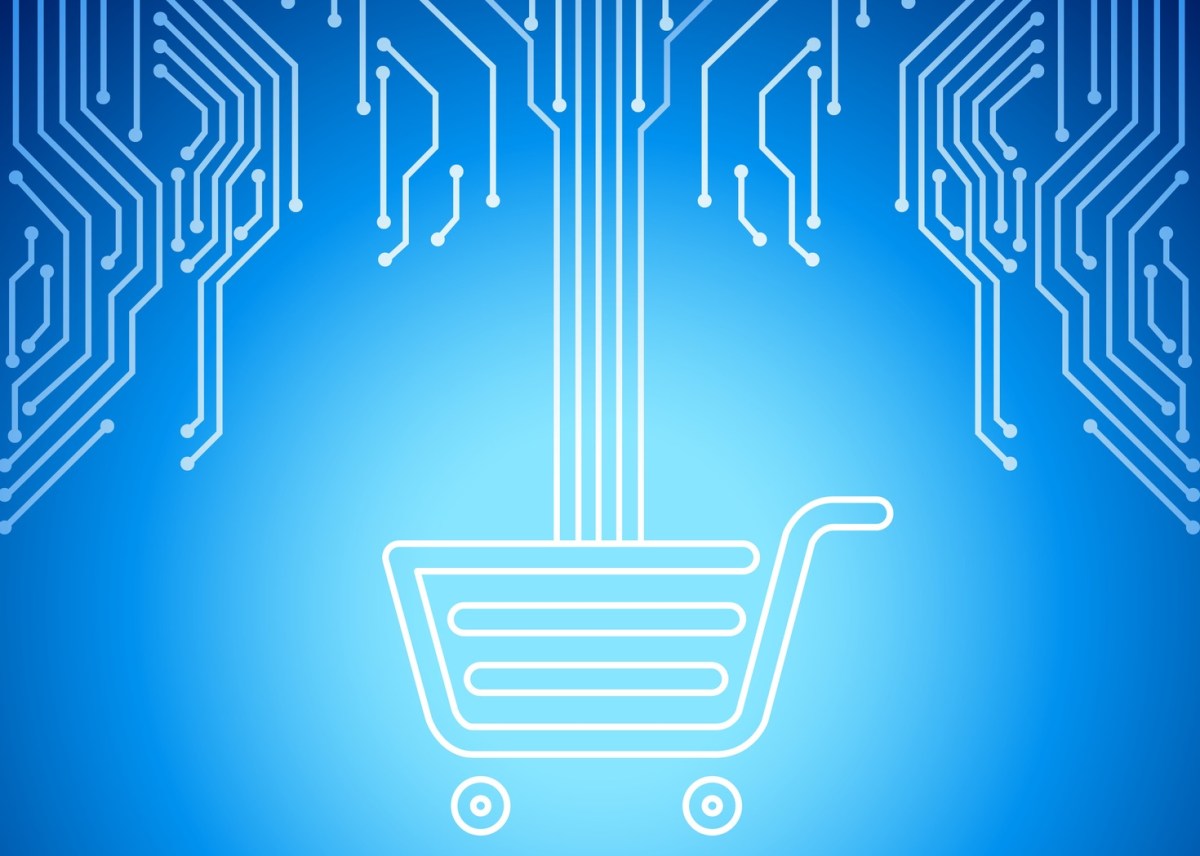Companies experiment with data tracking efforts to measure sustainability: Despite economic headwinds, sustainability is a key focus for retailers and CPG companies next year due to ESG investing, consumer sentiment, and even executive compensation being tied to hitting sustainability goals.
Despite this focus, companies are not well set up to measure impact and are still trying to figure out how to track sustainability metrics. We’ll see companies experiment with new metrics, such as the percentage of empty space in eCommerce packaging, and data platforms as they look to measure and communicate their progress in meeting sustainability goals.
Retailers strengthen supply chains with open data sharing: Retailers this holiday season have moved from just-in-time to just-in-case fulfillment as they deal with the lingering impacts of the pandemic on the supply chain. As retailers have boomeranged from shortages to oversupply over the course of the year, we will see retailers and CPG companies double down on data sharing in 2023 to try to avoid these extremes.
Albertsons and Kraft Heinz have already reduced out of stock items by 20% by enabling data sharing between their two organisations. Data sharing results in joint value for retailers and CPG companies who can avoid oversupplying while ensuring happy customers who find their items in stock on the shelves. As retailers look to build greater resiliency in their supply chain, data sharing will be a key strategy for driving sales and ensuring happy customers.
Top retail media networks will thrive while the rest die out: While retail media is destined to become a dominant form of advertising, many retailers are going to realise that they don’t have the scale to attract CPG buyers. The industry will have five to 10 top retail media networks that survive while the rest die out. I’m bullish that these few, top retail networks will mature and deliver value – allowing for more standardisation in measurement and lead to a thriving, albeit concentrated, advertising ecosystem.
Retailers embrace data monetisation in response to macroeconomic pressures: Just as recently as 2020, many retailers were allergic to the idea of data monetisation and refused to discuss it. Today, as we move into 2023, almost every retailer is having these conversations at the c-suite and board levels.
We’re in a discovery phase as retailers realised that governance of data in the cloud enables them to do a lot with this data that they could not do previously, while also streamlining how CPG companies are able to acquire this data. Data monetisation offers an exciting source for revenue, but retailers are going to make sure they’re leveraging this data to make better business decisions that are mutually beneficial for the retailer-CPG relationship.
Immersive retail experiences: As the macroeconomic environment continues to create uncertainty in consumers, many retailers are doubling down on immersive retail experiences to encourage customers to engage with brands in new and different ways. Brands are investing in creating unique and differentiated shopping experiences around live commerce and VR shopping experiences.
Even Amazon is experimenting with their Amazon Style stores, where customers can experience Amazon fashion in person, try the clothes on, and purchase via a QR code. This creates new opportunities to capture first party data about customers, build propensity and recommendation models based on shopping behaviour, and push the boundaries of driving conversation around the future of retail.
Theo Hourmouzis is regional vice president of Australia & New Zealand at Snowflake.

